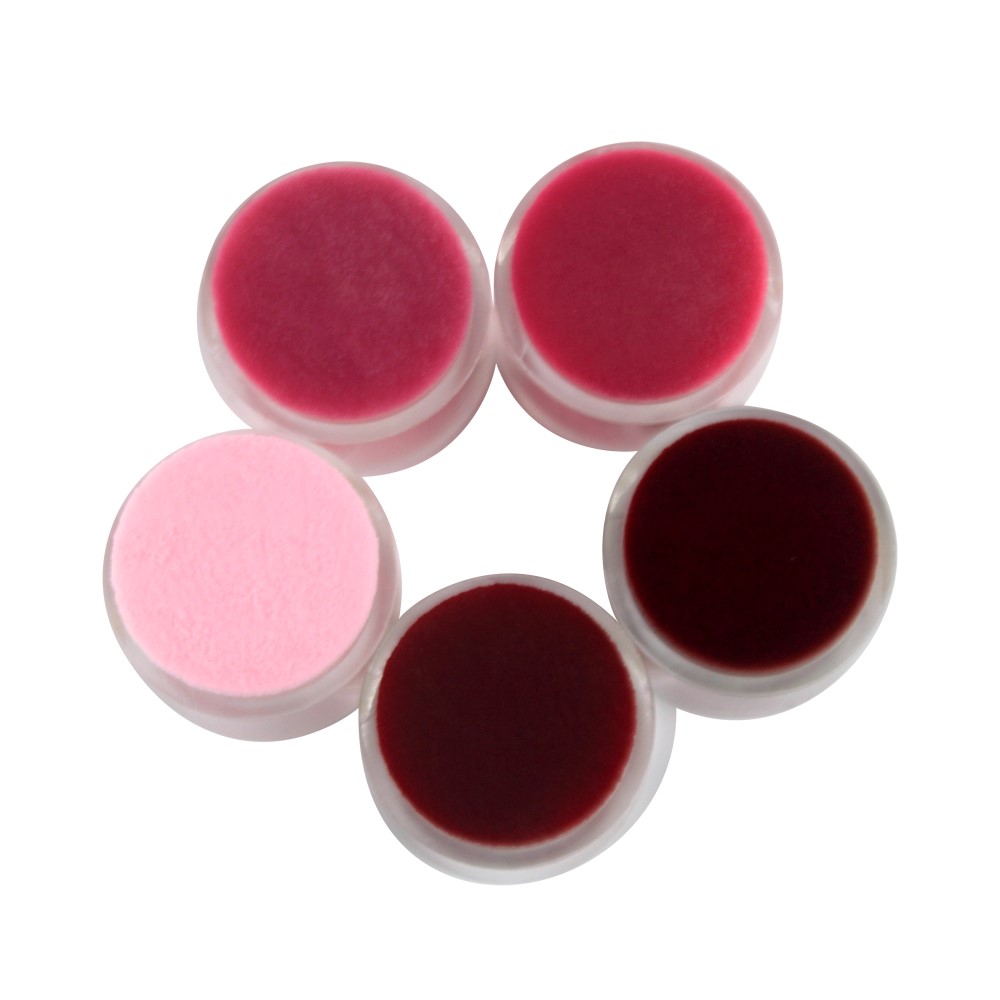1. International market.
In the automotive sector, lightweighting and electrification are the main factors driving the growth of PBT demand. In recent years, as engines have become smaller and more complex, and more equipment has been added for passenger convenience and comfort, the use of electronic devices in automobiles has increased, and PBT used in connectors and ignition systems has seen high growth. 2021, PBT will account for about 40% of consumption in the automotive sector, concentrated in North America, Europe, mainland China and Japan.
In the electrical and electronics sector, miniaturisation is the main factor driving the growth in demand for PBT. the high melt flow of PBT resins makes them easier to process into small, complex parts. In the past few years, the growing demand for thin-walled connectors to utilise space on printed circuit boards has driven the growth of PBT in the electrical and electronics sector. 2021 will see PBT consumption in the electrical and electronics sector accounting for approximately 33%.
In addition to the conventional sectors such as automotive and electronic appliances, PBT will also see some room for growth in the lighting sector. Mainland China, the US, Europe and some other markets are using CFLs to phase out traditional incandescent lamps, and PBTs are mainly used in the base and reflector parts of CFLs.
Global PBT demand is expected to increase at an average annual rate of 4% to 1.7 million tonnes by 2025. Growth will mainly come from developing countries/regions. Southeast Asia is expected to grow at the highest annual rate of around 6.8%, followed by India at around 6.7%. In mature regions such as Europe and North America, growth rates of 2.0% and 2.2% per annum are expected respectively.
2. Domestic market.
In 2021, China will consume 728,000 tonnes of PBT, with spinning accounting for the highest share (41%), followed by the automotive engineering plastics/machinery sector (26%) and electronics and appliances (16%). China’s PBT consumption is expected to reach 905,000 tonnes by 2025, with an average annual growth rate of 5.6% from 2021 to 2025, with consumption growth mainly driven by the automotive/machinery sector.
Spinning sector
PBT fibre has good elasticity and its elastic recovery rate is better than that of polyester and nylon, which is suitable for making swimming suits, gymnastic wear, stretch denim, ski trousers, medical bandages, etc. The market demand will grow steadily in the future, and the demand for PBT for spinning applications is expected to grow at a rate of about 2.0% from 2021 to 2025.
Engineering plastics for automobiles and machinery
China’s automotive production and sales will increase year-on-year in 2021, ending a three-year decline since 2018. The new energy vehicle market is outstanding, with China’s new energy vehicle production increasing by 159% year-on-year in 2021 and is expected to maintain strong growth in the future, with demand for PBT in the automotive engineering plastics and machinery segment growing at a rate of approximately 13% from 2021 to 2025.
Electronic and electrical fields
China’s electronics, computer and communication terminal markets will maintain rapid development, leading to stable growth in connectors and other application areas, coupled with the growing popularity of energy-saving lamps, demand for PBT in the electronics and electrical appliances sector is expected to grow at 5.6% from 2021 to 2025.
3. China’s PBT production capacity expansion may slow down
Export growth rate may be higher than consumption growth rate
In 2021, the global PBT production capacity will be about 2.41 million tonnes/year, mainly in China, Europe, Japan and the US, with China accounting for 61% of the production capacity.
Multinational producers have not increased capacity for PBT base resins in recent years, but have increased capacity for composite PBT and other engineering thermoplastics in China and India. Future PBT capacity additions will be concentrated in China and the Middle East, with no reported expansion plans in other regions for three years.
China PBT capacity increases to 1.48 million tonnes/year by the end of 2021. New entrants include Sinopec Yizheng Chemical Fiber, Zhejiang Meiyuan New Material and Changhong Bio. The expansion of PBT capacity in China is slowing down in the next five years, with only Henan Kaixiang, He Shili and Xinjiang Meike reported to have expansion plans.
In 2021, China’s PBT production will be 863,000 tonnes, with an average industry start-up rate of 58.3%. In the same year, China exported 330,000 tonnes of PBT resin and imported 195,000 tonnes, resulting in a net export of 135,000 tonnes. 2017-2021 China’s PBT export volume grew at an average annual rate of 6.5%.
It is expected that from 2021-2025, the growth rate of China’s export volume will be slightly higher than the growth rate of consumption, the expansion of domestic PBT production capacity will slow down and the average industry start-up rate will increase to around 65%.
Post time: Feb-13-2023




